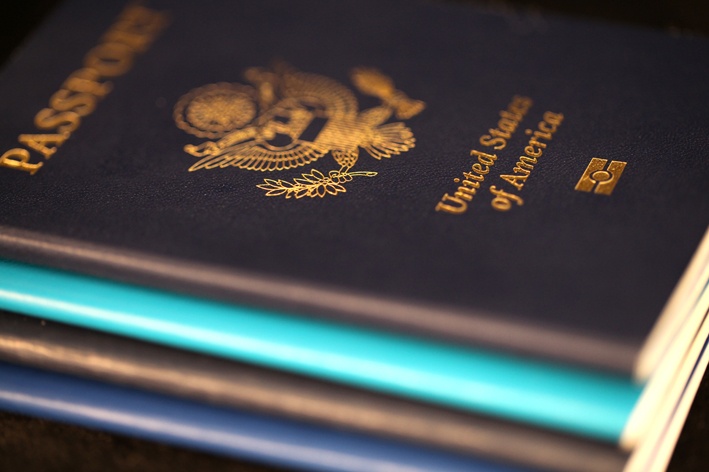Take a Closer Look at Your Passport

The term “passport” comes from a medieval document that was required in order to pass through the gate or “porte” of a city wall or to pass through a territory. In 1920, the League of Nations held a conference on passports – the Paris Conference on Passports & Customs Formalities and Through Tickets – and issued passport guidelines with a general booklet design.
Passport standardization came about in 1980, under the auspices of the International Civil Aviation Organisation. ICAO standards require passports to incorporate a machine-readable area containing strings of alphanumeric characters which are compatible with optical character recognition. This enables border controllers and law enforcement agents to process machine-readable passports without having to input the information manually for verification against the centralized database.
The newest passports contain personal biometric data for the authentication of the identity of the document holder. The data is stored on both the RFID chip and in a national registration system. When you open your B7 format (88 x 125mm) passport, you will normally first see designs and colors that tell a story of your country and the visas and entry/exit stamps of the countries you have visited.
If you take a closer look at the passport covers, personal data page and visa pages, you will discover different materials: security paper, plastic, lamination overlay, digital photo and optical features. A large number of security technology providers work closely with issuing authorities in the production of a secure passport: watermark, security thread, security fibers, visible and embedded micrographic elements, security inks for offset, silkscreen and intaglio printing, laser engraving, laser perforation, machine-readable data and codes, an electronic chip, special glue, and forensic taggants, etc. Manufacturing a typical passport today involves up to 25 production steps.
According to ICAO estimates, 650 million passports were in circulation in 2014. Over 50% will be electronic by 2017.

